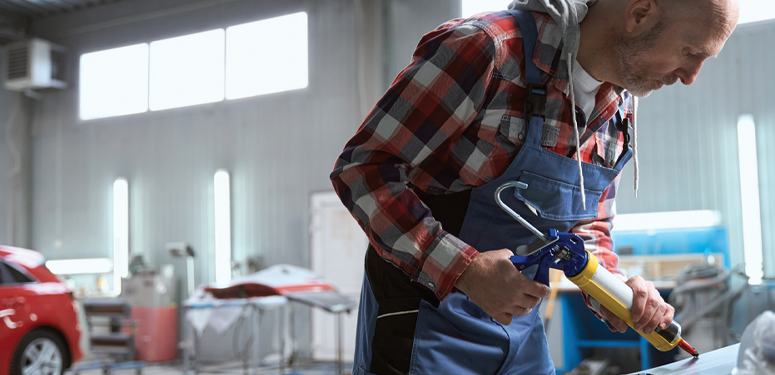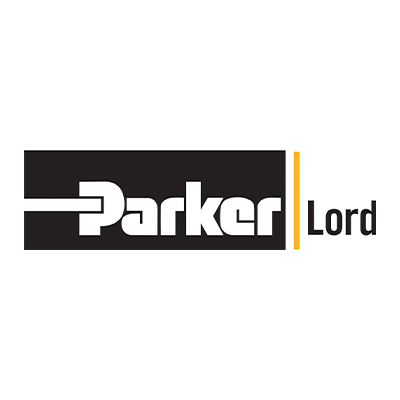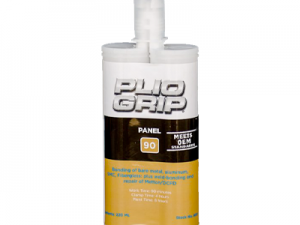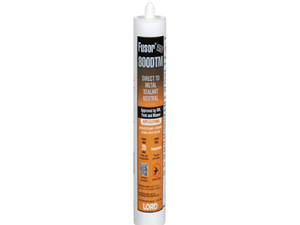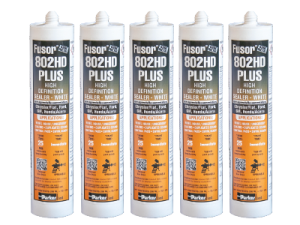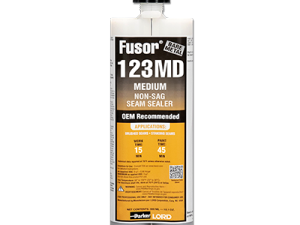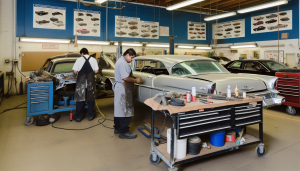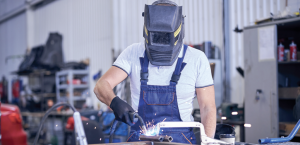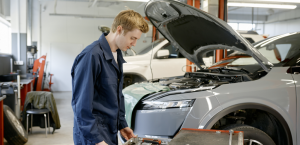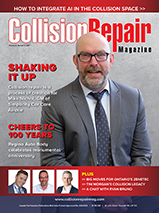GETTING THE GLUE OUT
ADHESIVES TO HELP HOLD IT ALL TOGETHER
Adhesives have been both a literal and symbolic glue holding the automotive repair industry together.
Working with adhesives is nothing new in collision repair, but the latest adhesives used in vehicle manufacturing may be unfamiliar to many repair technicians. This is why it is important for auto repairers to refer to OEM standards to ensure proper handling and to avoid getting into any sticky situations.
Fortunately, most manufacturers provide access to this information either on their websites, through local dealers, or via vendors who offer access to such data. The encouraging news is that obtaining this information no longer involves waiting for days or weeks; in fact, most of it can now be acquired within an hour. Some of this information is freely available, while certain details still require a subscription fee. It’s essential to recognize that not all adhesives are created equal, and their suitability varies depending on their intended use. This distinction exists not only between different adhesive manufacturers but also within the product lines of specific adhesive manufacturers themselves. Each type of adhesive serves a specific purpose in the automotive industry, and using a single adhesive for all bonding tasks won’t help take the weight off a repair.
As vehicles become more technologically advanced, so too does the glue that helps hold them together. Advanced adhesives and sealants in vehicle assembly have eased the need for mechanical fasteners, and reportedly hold up better than welding in crash tests by behaving like a buffer.
Glue pulling repair can ease dents, and the use of adhesives has made vehicles more economical by easing their overall weight. In fact, today’s vehicles are made up of roughly 40 pounds of adhesive materials. The following pages will show off the many diverse ways that the automotive industry is bonded in vehicle repair. We hope some of the products stick.
-
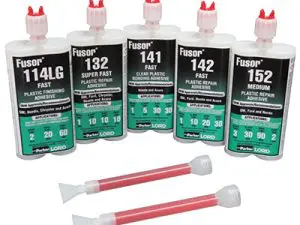
Fusor Repair Adhesives
Read more0 out of 5 -

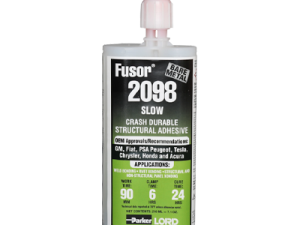
Fusor® 2098
Read more0 out of 5 -

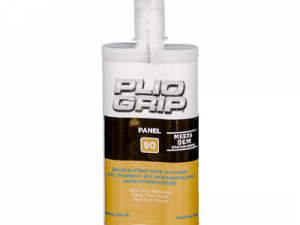
Pliogrip Adhesives
Read more0 out of 5 -

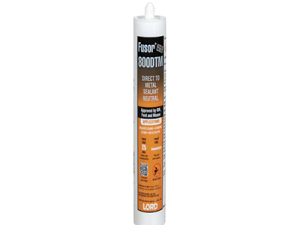
Fusor 800DTM Seam Sealer
Read more0 out of 5 -


Fusor 800HD Plus series
Read more0 out of 5 -

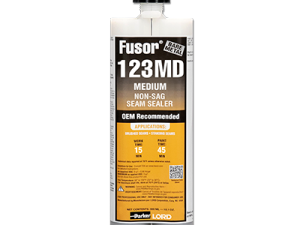
Fusor® 123MD Non-Sag Seam Sealer (Medium)
Read more0 out of 5



